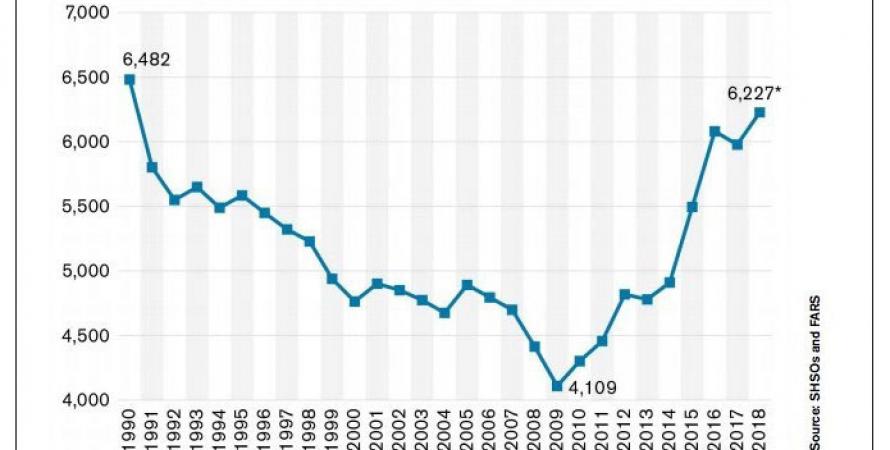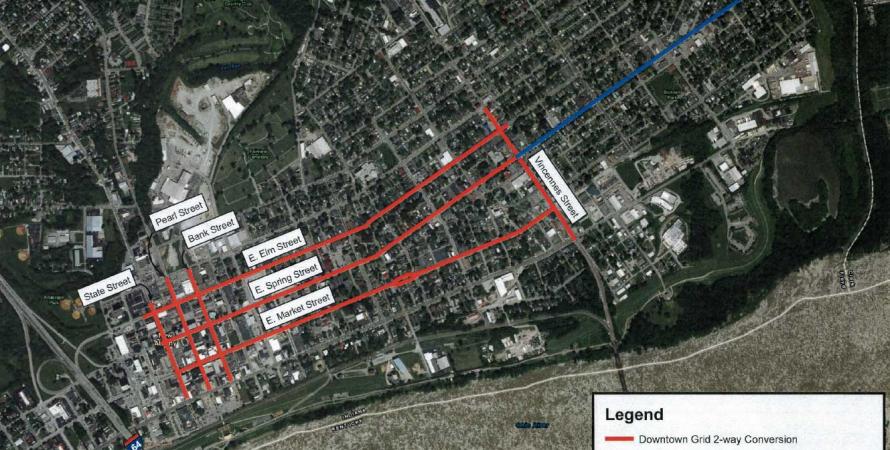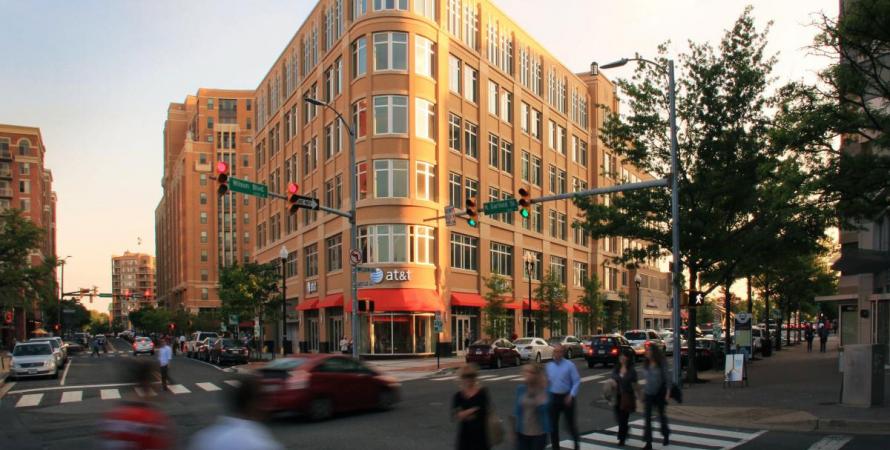-

The troubling rise in pedestrian deaths
We have made cars safer, but we still are reluctant to make streets safer.The steady rise in pedestrian deaths since 2009 has raised considerable alarm, and the latest data puts the 2018 pedestrian fatality rate near the 1990 peak. Nobody has a definitive answer for why this is occurring. “Analysts have speculated that the increase in SUV sales , as well as the growing...Read more -

Cities benefit from restoring two-way traffic
Two-way streets prove safer, more walkable, and more supportive of business than one-way streets for Midwestern cities.Midwestern cities report significant success restoring two-way traffic on one-way streets. New Albany, Indiana, switched more than four miles of city streets while implementing traffic-calming measures made possible by the conversions. Police Chief Wm. Todd Bailey reports, in a public letter, that...Read more -

Good congestion, bad congestion
Our model for traffic congestion is flawed. We need to make the crucial distinction between good and bad congestion and plan our transportation systems accordingly.A few years ago, after taking a blood test, my doctor told me I had a cholesterol problem. I wasn’t in immediate danger, but I started running regularly. After a year I returned for tests, and he told me the good news: My life expectancy had risen eight years . That was my best checkup ever. What...Read more -

The connected network answer to traffic congestion
A hierarchical system of subdivisions branching off of arterial roads is a "perfect recipe for congestion."Today, Strong Towns advocates for connected street networks to solve traffic congestion. Connected networks—grids or modified grids—disperse rather than concentrate traffic. Hierarchical streets networks—illustrated as subdivisions with loop roads and cul-de-sacs branching off of arterials—...Read more